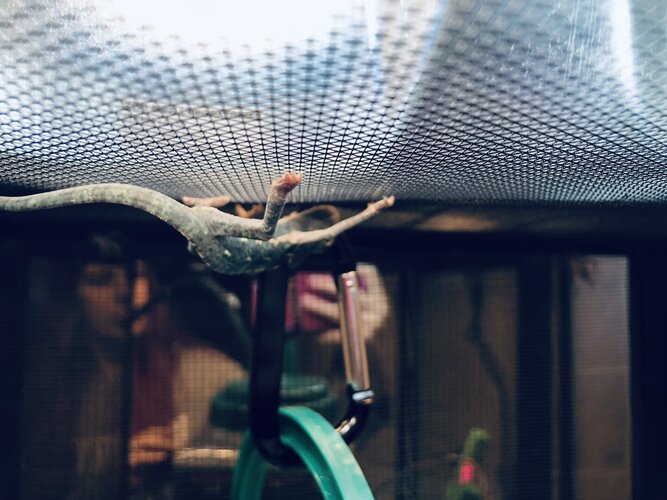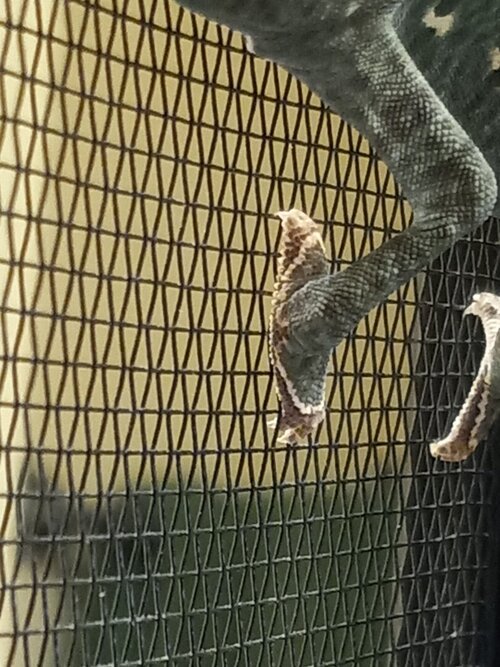We received a juvenile veiled for Christmas and are working on setting up “her” terrarium. We say “her” based on the book we are reading (size and no tarsal spur) since the pet store didn’t know sex or age.
We are prepping her lay bin, but my question is what do we do with the non-fertilized eggs she lays? Do we just leave them in the bin? Are we supposed to dig for them & remove them?
Thanks!
We are prepping her lay bin, but my question is what do we do with the non-fertilized eggs she lays? Do we just leave them in the bin? Are we supposed to dig for them & remove them?
Thanks!





